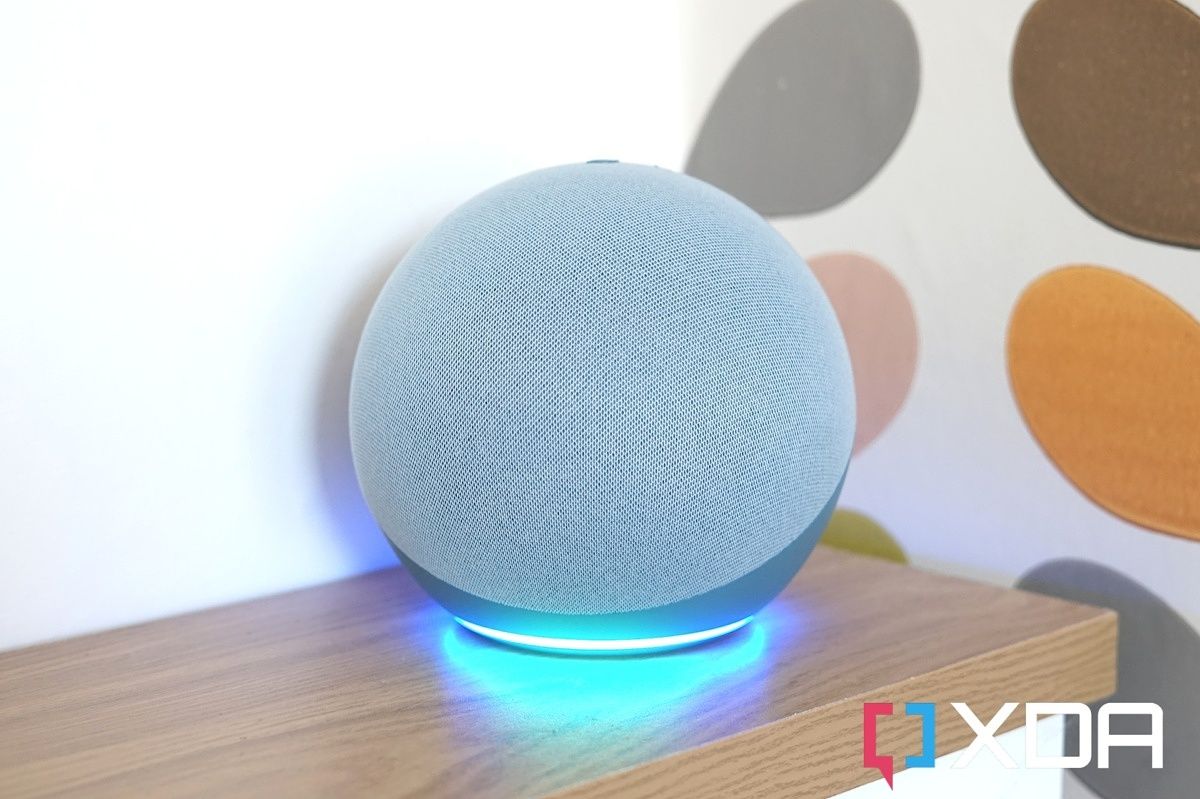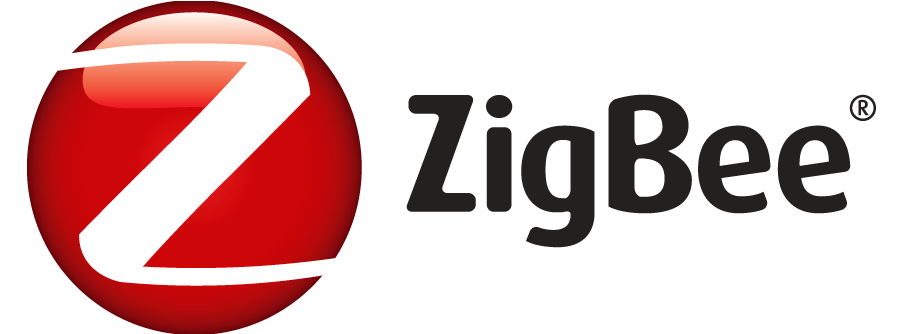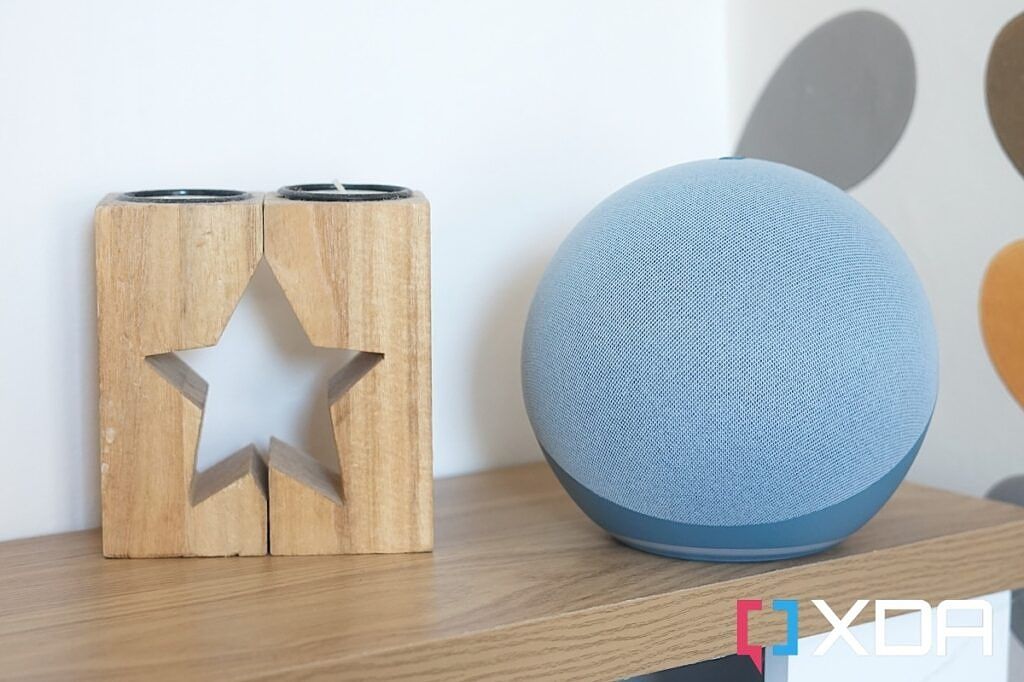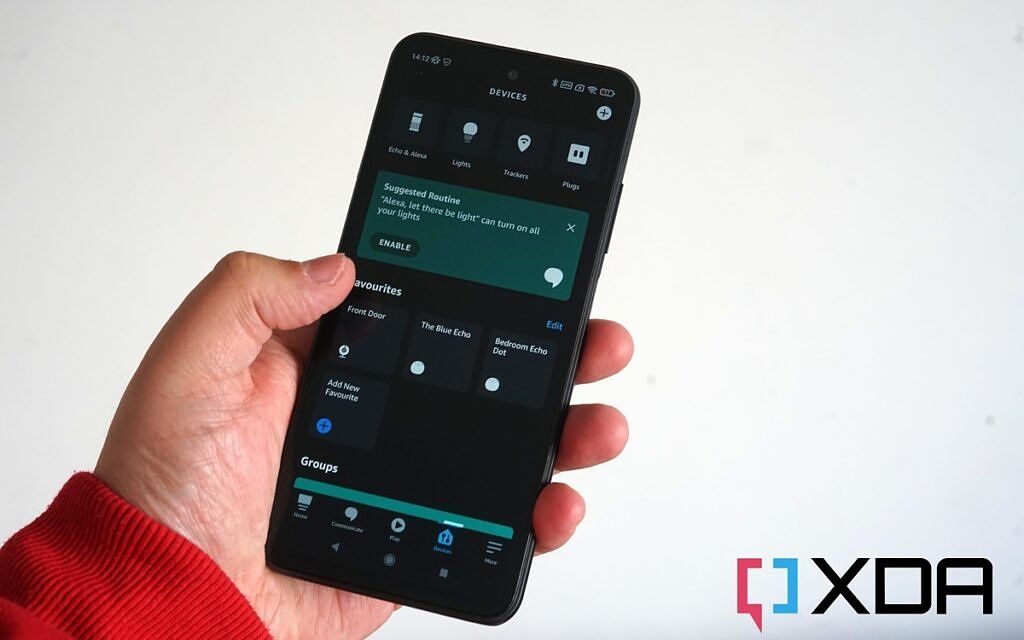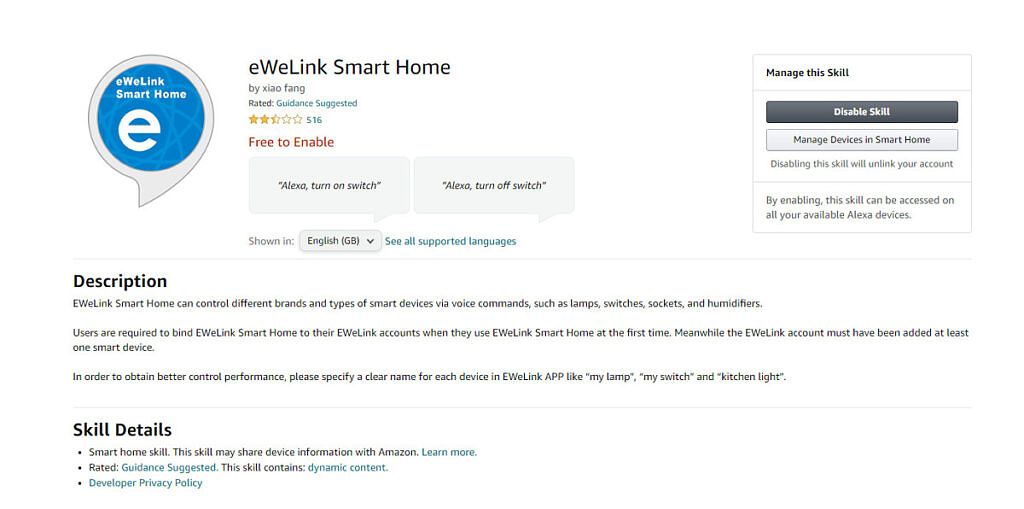When it comes to controlling a smart home with an Amazon Echo, the first thought is using Alexa. Besides being the voice of the Echo, the Alexa platform contains support for an absurd quantity of smart home hardware. If it's connected, there's a pretty good chance it's connected to Alexa.
Using Alexa isn't the only way, though. On some models, such as the current Amazon Echo (4th Gen), you have an alternative by way of Zigbee. This is a wireless protocol that allows compatible hardware to link directly to your Amazon Echo without the need for Wi-Fi connectivity, companion apps, or the cloud.
Not all Amazon Echos have a Zigbee hub built-in, but for those that do, it gives you the freedom to create a more local-focused smart home. But you still benefit from Alexa routines, integrations, and voice control if you wish. Here's how to set it all up.
What is Zigbee?
Zigbee is based on the IEEE's 802.15.4 personal-area network standard. In simpler terms, Zigbee is a local network alternative to Wi-Fi and other connection standards like Bluetooth. It doesn't rely on a point-to-point connection. Instead, it operates a low-power mesh network, which is why it's so useful for smart home devices.
Its low-power nature makes it perfect for small devices, such as sensors. The fact it's a common standard also means that hardware made by different manufacturers can communicate with each other. For example, the Amazon-made Echo can talk to a Sonoff Zigbee-enabled temperature sensor.
Zigbee is a fairly old standard and will likely be overshadowed by Matter going forward, but it's still useful. Using Zigbee can help reduce the number of hubs and dedicated controllers you have in your smart home, as well as help reduce the overall load on your home Wi-Fi network.
Which Amazon Echos have a Zigbee hub built-in?
The Zigbee hub is a feature that you won't find in every different version of the Amazon Echo. These are the models you need, past and present:
- Amazon Echo (4th Gen)
- Amazon Echo Plus (1st and 2nd Gen)
- Amazon Echo Show 10 (3rd Gen)
- Amazon Echo Studio
The Echo Plus isn't currently offered new, but if you have one already or find a used one, it has the Zigbee hub built-in. The Amazon Echo (4th Gen), Echo Studio, and Echo Show 10 (3rd Gen) are now on sale.
How to link Zigbee devices to the Amazon Echo
With the right Amazon Echo in your home, you're ready to start hooking up some Zigbee smart home devices. The good news is that it's really straightforward. Just follow these steps:
- Ensure your Echo is turned on and you have the Alexa app on your smartphone logged in to your Amazon account.
- Tap on Devices on the navigation bar.
- Tap the + button in the top right-hand corner.
- Choose Add Device.
- Select the type of device you're adding. In this example, we're linking a motion sensor. If you can't find the device type you want, simply choose other.
- Ensure your Zigbee hardware is powered on, and any steps to make it discoverable have been followed.
- Tap Discover Devices in the Alexa app.
It can take up to 45 seconds for the new device to be discovered, and it's a good idea to have it close to the Echo for this, especially if you don't have an existing Zigbee mesh network in your home. Once the device has been found, you're good to go. You can add it to rooms, groups, and routines like any Alexa-connected device.
One word of caution, however. While the hardware will connect to the Zigbee hub on the Echo, you may, in some cases, need to enable an Alexa skill to make it stay that way. For example, I have a Sonoff temperature sensor that you can use with a companion app and the company's own hub or with the Echo as I have. After the initial connection, the device would become unresponsive within about half an hour. Enabling the company's Alexa skill seemed to resolve the issue with no further interaction beyond this required.
That's all there is to it. If you plan to have some small sensors and low-power devices around the home, going Zigbee over Wi-Fi-connected has its benefits. With a compatible Amazon Echo, you don't need any additional hubs or controllers, you can get connecting right away. And this way, you have the best smart speaker around as a bonus.
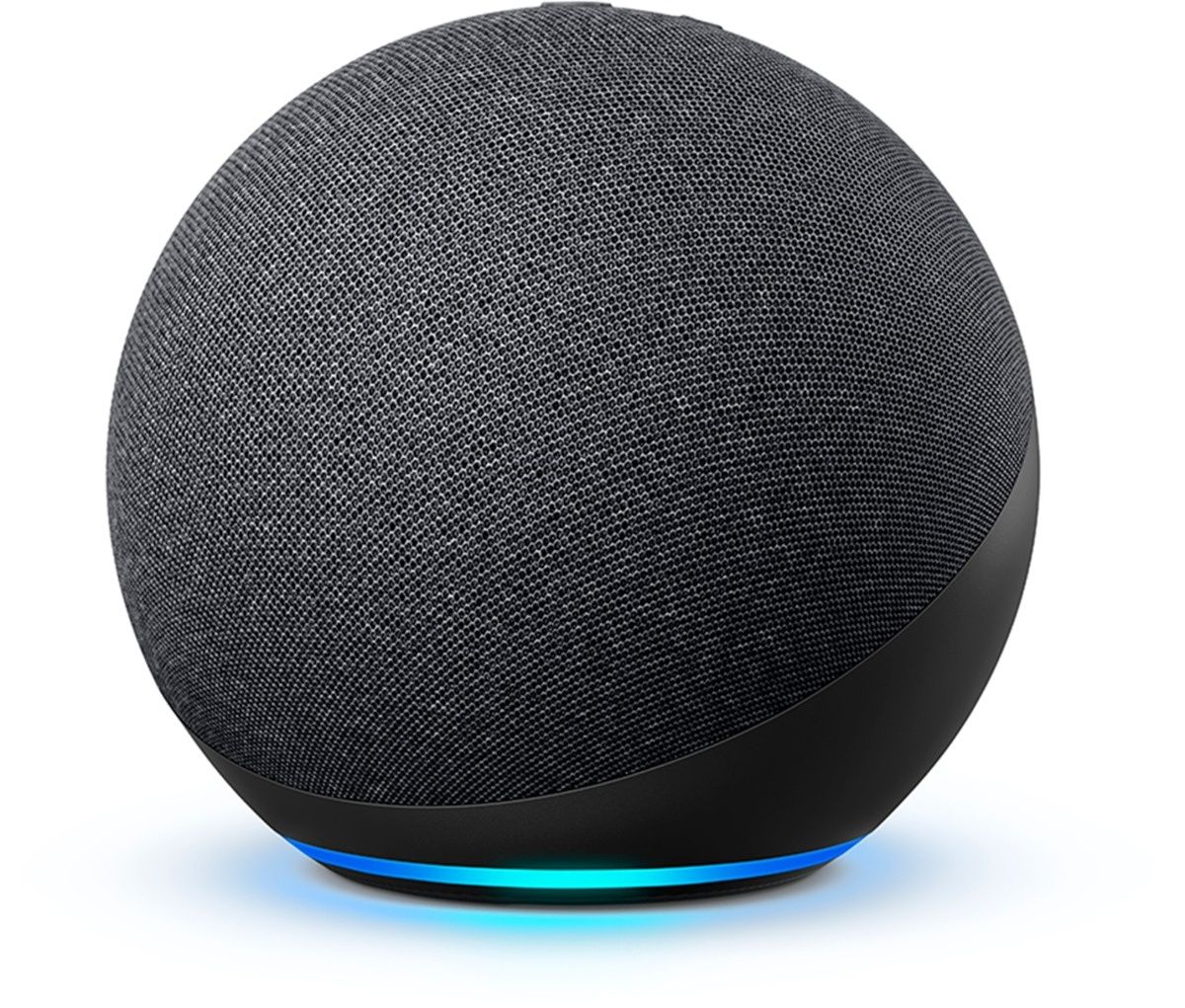
Amazon Echo (4th Gen)
The Amazon Echo is the best all-around smart speaker for most people, with a nice design, great sound, and the immense power of the Alexa ecosystem at its disposal.

